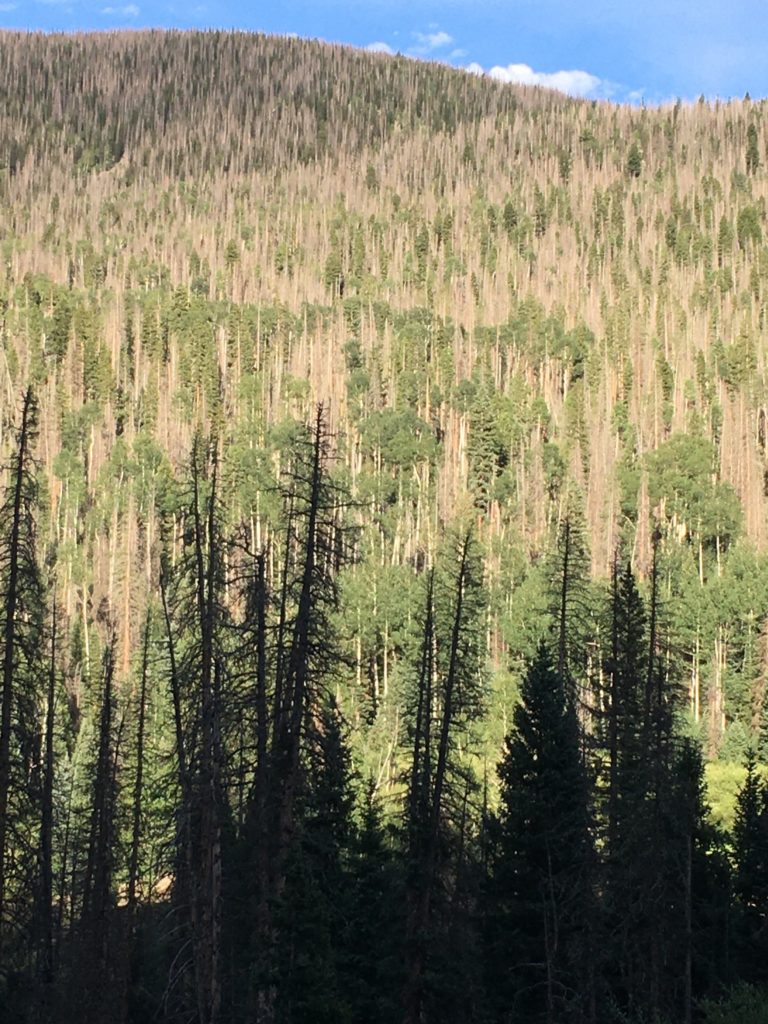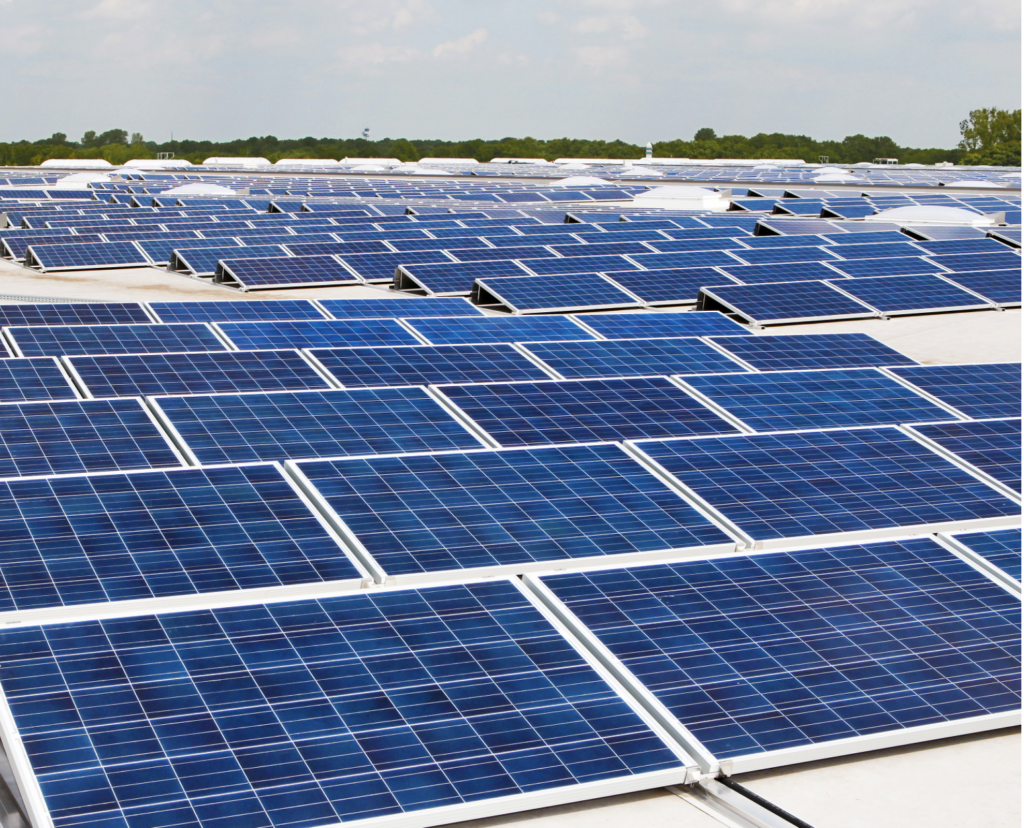
It is windy, hot and dry, dry, dry here. According to www.drought.gov, Durango is in an extreme drought. What’s going on? Do we need to start doing rain dances?
Past droughts have brought us some pretty destructive fires. Remember the Missionary Ridge and Valley fires in 2002? More recently the 416 fire in 2018 did dreadful things to the local economy and burnt 52,000 acres of forest. Fortunately there were no serious injuries or burnt structures. Thank you, firefighters! Very dry conditions predispose us to wildfires, of course. Even if your property isn’t burnt, we all suffer from the costs of firefighting and many of us from smoke-worsened respiratory problems.
Much of our water supply falls in the winter as snow. Snowfall this past winter started off looking good. However, in March precipitation dwindled so it seemed as though somebody turned off the tap. The cooler-than-average spring helped hold some of the moisture in the mountains, but now the snow has melted. We need the monsoons to bring us rain!
A large area in the southwest of the USA has been affected by drought–but that isn’t anything new for this region. Tree ring records tell us the Ancestral Puebloans (also called “Anasazi”) survived dry periods in the 9th and 12th centuries. Finally, after about 1150 it got so dry here they started migrating to the Rio Grande valley, archeologists tell us.
Reality appears more complex, however. The human population grew during the wetter years between droughts. When the megadrought hit in the 1150s, violence erupted, just as it did in Rwanda when people were starving. There were even signs of possible cannibalism in the 12th century at Cowboy Wash, near Mesa Verde.
What are “megadroughts”? People who study droughts rely on dendrochronology (the study of tree rings) to look at the prehistoric past. A drought lasting 20 years or longer qualifies as a megadrought. Another definition is that it is any drought worse than anything the USA experienced in the 20th century–including the Dust Bowl. From a sociological standpoint, megadroughts usually cause mass migrations of people. What is unusual is that is that people are migrating toan area of drought. We are so disconnected from the natural world that we can live in comfort with air conditioning and imported food.
The natural variability of weather and climate is thought to be the main cause of megadroughts, but there are at least two other contributing factors that are human caused. An example of a local effect is in Rajasthan, India, where the Thar Desert was once forested. Alexander the Great’s army, amongst others, cut down trees to build ships to cross the Indus River in the 320s, BCE. It is thought that this destruction of forests may have been a factor in this desertification.
Global climate heating has had a much wider effect on our climate than in just one location. It is generally accepted that the climate crisis is anthropogenic, so the more people there are and the more each of us consumes, the worse the heating.
Rajasthan is an example of how cutting down trees can change the local climate. Can planting trees help? The amazing Kenyan woman, Wangari Maathai, started a movement that may help answer the question. The Green Belt Movement she started did much more than just plant 51 million trees; Dr. Maathai used trees as an entry point for community development. Increasing women’s income, justice and reduction of poverty are among the humanitarian goals. The environmental goals are to combat deforestation, provide firewood for cooking and protect the watershed. This quote from a UN report shows success:
“Because of the deforestation, natural springs that fed the Chania River dried up, making the river’s water levels very low. The reforestation efforts of the women in the watershed have led to the rejuvenation of 65 springs. And the microclimate is enhanced in the planted areas: ‘We have noticed more rain since we planted the trees. When I came in 2008, you could walk across the river; now, it is almost back to historic levels’, said Joyce Nyambura, a Green Belt Movement Extension Officer.”
Back to the American Southwest. We are in the midst of a megadrought which started in 2000. It made worse by the increasing number of people and their demand for water almost doubling. A study has looked at the causes of this dryness and found that climate heating is a major factor for our drought. The authors calculated that only half is due to natural variation; the other half of the cause of the scarcity of water is anthropogenic.
It is too late to prevent our current megadrought, but hopefully the natural cycles of nature will bring rain to this parched land. What we can do to protect the next generations—indeed, must do–is to decrease our consumption and slow population growth.
© Richard Grossman MD 2020
